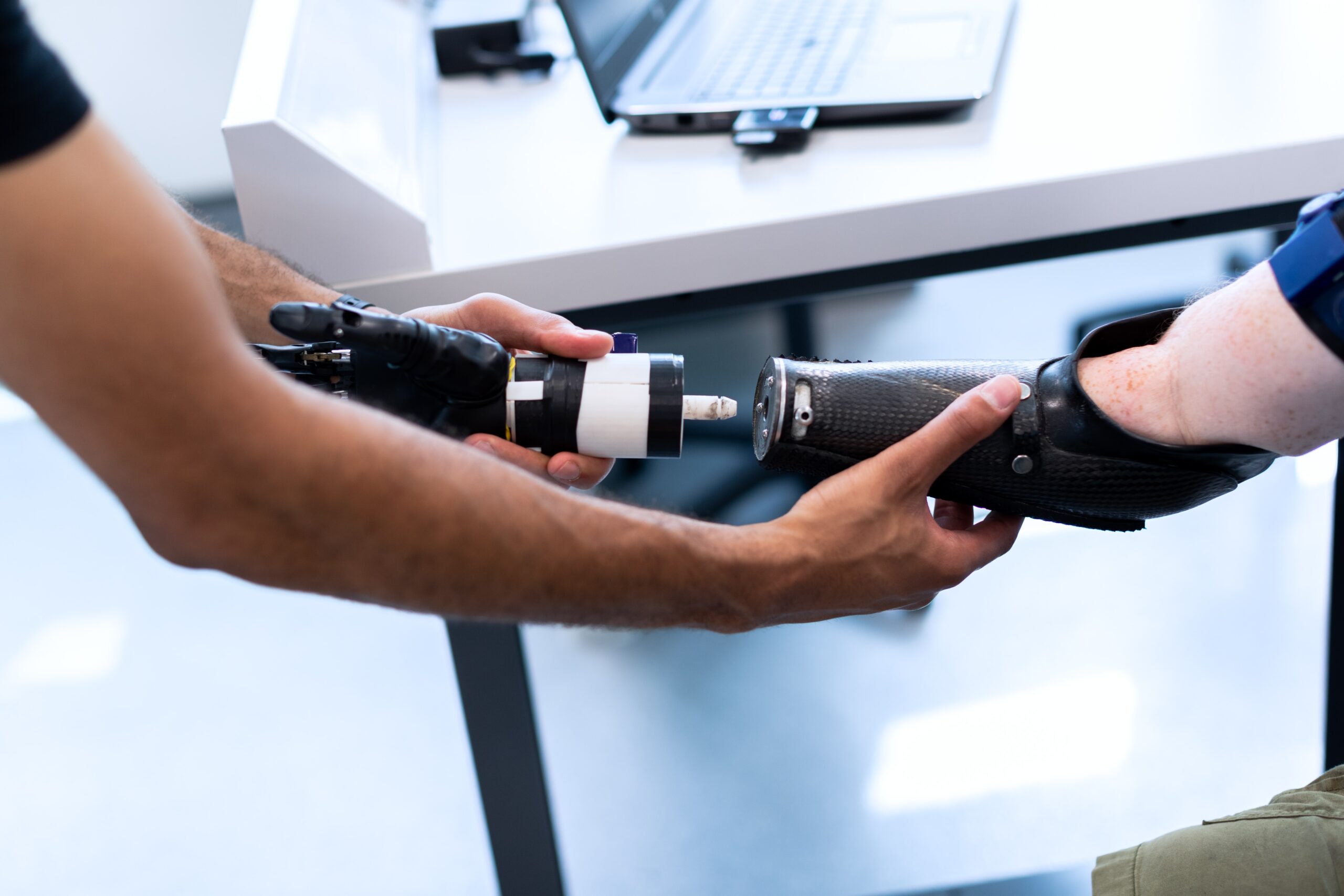The Evolution and Impact of EMS Charting Software in Emergency Medical Services
Introduction
EMS charting software has revolutionized the way emergency medical services (EMS) document patient care. This technology has not only streamlined the process of recording patient information but has also significantly enhanced the quality of data captured during emergency responses. In the past, EMS providers relied heavily on paper records, which were cumbersome, prone to errors, and difficult to analyze. Today, EMS charting software enables first responders to efficiently record, store, and share critical patient information electronically, leading to improved patient outcomes and better coordination with hospitals and other healthcare facilities.
The Emergence of Digital Documentation
In the early days of EMS, documentation was a manual process fraught with inefficiencies. Handwritten patient care reports were standard, and while they captured essential information, the potential for errors was high. Illegible handwriting, incomplete reports, and the delay in transferring information to hospitals were common issues. With the advent of EMS charting software, EMS providers found an innovative solution to these problems.
Digital documentation brought about a remarkable transformation. EMS responders could now input data into portable devices at the point of care, ensuring that crucial information – from vital signs to administered treatments – was accurately recorded. The immediate availability of this data meant that hospital staff could prepare for incoming patients more effectively, thereby optimizing patient care from the prehospital environment to the hospital setting.
The Role of EMS Charting Software in Data Accuracy
Accurate data capture is paramount in the field of emergency medical services. EMS charting software has greatly improved the precision of patient care reports by providing templates and checklists that guide EMS providers through the documentation process. This ensures that all necessary information is collected systematically and that nothing is overlooked.
The software typically includes fields for patient demographics, medical history, current medications, assessment findings, interventions performed, and patient outcomes. These structured data points facilitate a comprehensive and consistent approach to charting, which reduces the likelihood of errors that could negatively affect patient treatment and outcomes.
Enhancing Communication and Coordination
One of the most significant benefits of EMS charting software is its ability to enhance communication and coordination among healthcare providers. By offering real-time access to patient information, EMS responders, emergency department staff, and other healthcare professionals can collaborate more effectively. This seamless transfer of data enables continuity of care, as the receiving medical team can review the patient’s prehospital treatment and make informed decisions about subsequent care.
Moreover, the software often integrates with hospital electronic health records (EHR) systems, creating a unified patient care record that can be accessed by authorized personnel across different healthcare settings. This integration reduces duplicate documentation, streamlines workflows, and helps maintain a clear and comprehensive patient care timeline.
Compliance and Legal Considerations
Documentation in EMS is not just a means of recording patient information; it is also a legal document that can be used in court if necessary. EMS charting software helps ensure compliance with various regulations and standards, such as HIPAA and state-specific EMS protocols. By incorporating these requirements into the software’s design, it assists EMS providers in maintaining the necessary legal and ethical standards for patient documentation.
Additionally, the software’s digital encryption and secure data storage capabilities safeguard patient privacy and ensure that sensitive health information is protected against unauthorized access. As legal scrutiny of EMS records continues to increase, the role of EMS charting software in maintaining compliance and mitigating legal risks becomes ever more critical.
Quality Improvement and Performance Analysis
EMS charting software is not only about recording information; it’s also a tool for quality improvement and performance analysis. The data collected through the software can be aggregated and analyzed to identify trends, measure performance metrics, and guide improvements in EMS protocols and training.
By reviewing the collected data, EMS agencies can evaluate response times, treatment effectiveness, and patient outcomes. This analysis can lead to evidence-based changes in practice, ultimately enhancing the quality of care provided to the community. Furthermore, the software can help EMS agencies meet accreditation requirements and participate in research studies by providing robust and reliable data.
Training and Education
EMS providers must be properly trained to use charting software effectively. This involves not only learning the technical aspects of the software but also understanding the importance of thorough and accurate documentation. Training programs often include simulated scenarios where EMS personnel can practice charting in real-time, mirroring the conditions they will face in the field.
Additionally, ongoing education is crucial as software updates and new features are introduced. EMS agencies must ensure that providers stay current with the latest advancements in charting technology to maintain the highest standards of documentation and patient care.
Future Directions in EMS Charting Software
As technology continues to evolve, so too does ems charting software . Future developments may include more advanced data analytics capabilities, artificial intelligence to support decision-making, and even real-time telemedicine features that allow EMS providers to consult with physicians while on scene.
The integration of wearable technology and the Internet of Medical Things (IoMT) could further enhance EMS charting software by automatically collecting patient data and populating charts with vital signs and other physiological parameters. Such advancements promise to streamline documentation even further, allowing EMS providers to focus more on patient care and less on paperwork.
Conclusion
EMS charting software has become an indispensable tool in emergency medical services. By providing a platform for accurate and efficient patient documentation, enhancing communication among healthcare providers, and supporting quality improvement initiatives, this technology has fundamentally changed the way EMS operates. As the software continues to evolve, it will undoubtedly play an integral role in shaping the future of prehospital care and the overall healthcare system.
Recognizing the importance of this technology is paramount for any EMS agency aiming to deliver high-quality patient care and keep pace with the ever-advancing medical field. EMS charting software stands as a testament to the power of innovation in healthcare and the ongoing commitment to excellence in emergency medical services.

